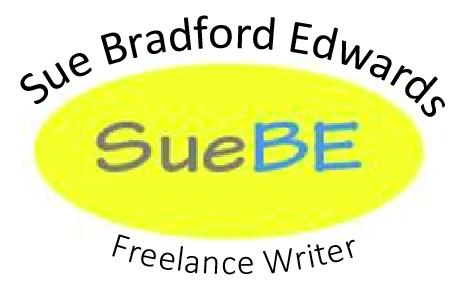 As most of you probably know, an elevator pitch is a 60 second pitch, something short enough to share on an elevator ride. It needs to hook the agent or editor and make them want more. Hint: Saying that you don’t know how to describe your story is not the way to go. If you can’t describe it, you probably aren’t familiar enough with it.
As most of you probably know, an elevator pitch is a 60 second pitch, something short enough to share on an elevator ride. It needs to hook the agent or editor and make them want more. Hint: Saying that you don’t know how to describe your story is not the way to go. If you can’t describe it, you probably aren’t familiar enough with it.
Here are just a few of the tips that agent Jill Marr gave at the All Write Now conference last Saturday:
Be sure to create a pitch that is clear, no matter who you are targeting with it. This was brought home for her when she included the acronym AA in a pitch at Frankfurt. After she had given the pitch several times, someone pointed out to her that European agents might not know that this stands for Alcoholics Anonymous. Know your audience!
Speaking of audience, your elevator pitch should be customized. This means that you should have several versions. Know which one will appeal to a trade fiction editor at a major house vs an editor from a religious publisher. Know what a specific editor will be looking for and be ready to deliver.
But it still needs to sound conversational. After all, you’re having a talk. Your pitch shouldn’t sound rehearsed although it should be rehearsed so that you know what to say. Be sure to practice sounding relaxed.
She had a slightly different set of advice for nonfiction authors. Those who write nonfiction should start with a bit about themselves and then the story. Unfortunately, the pitch that I developed for my nonfiction story doesn’t do this, but I like it.
Pukology is early middle grade nonfiction. The ins and outs, whys and whens of vomit from how it works and why its necessary for life in people and animals from prehistory to the present.
What would you do differently to pitch this story?
–SueBE
